I consider my photographic process an artistic process. The images that strike me the most seem almost unreal. I am not interested in rendering the world as my eye saw it. I am interested in bringing dreams to realty through my photography. I have no problem using long exposures, multiple exposures, lighting, post production, anything that helps me bring my dreams alive. I have one goal, and that is to stop the viewer in their tracks.
Film is one way I bring my images to life. I find it so satisfying to put a lot of effort into a shot and then later to receive the developed film and to see that the results paid off is wonderful. With film you get this built-in anticipation that can be exhilarating. When the results are right on, you know you really understand your craft.
I'm a bit obsessed with quality but I also value mobility. For that reason I love medium format photography the most. I have used many types of cameras ranging from disposable 35mm to 4X5 monorail. I currently own a Nikon F100 and a Fuji GW690 coupled with a Sekonic L-758DR light meter. I love the 100% mechanical aspect of the Fuji and of course the very large negative. I tend to switch between Provia 100F, Portra 400, and Acros 100. It all depends on the mood I want to create and the lighting conditions I plan to be shooting in.
More of my work at: www.markschlocker.com

Fuji-San, Yamanakako
Fuji GW690, Fuji Provia 100F
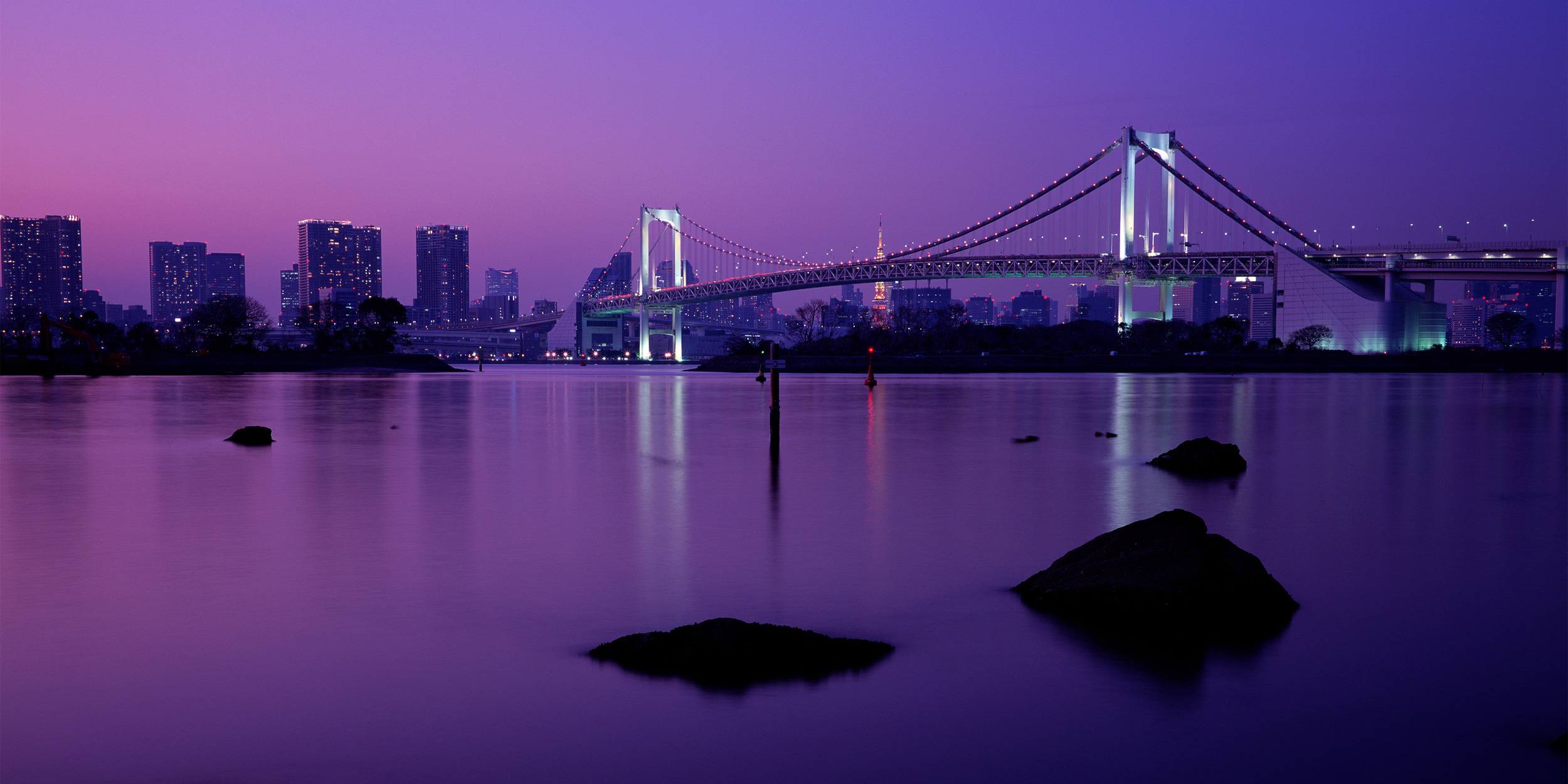
Rainbow Bridge, Tokyo
Fuji GW690, Fuji Provia 100F. Saturation enhanced in photoshop.

Cocoon Building, Tokyo, Japan
Fuji GW690, Fuji Acros 100
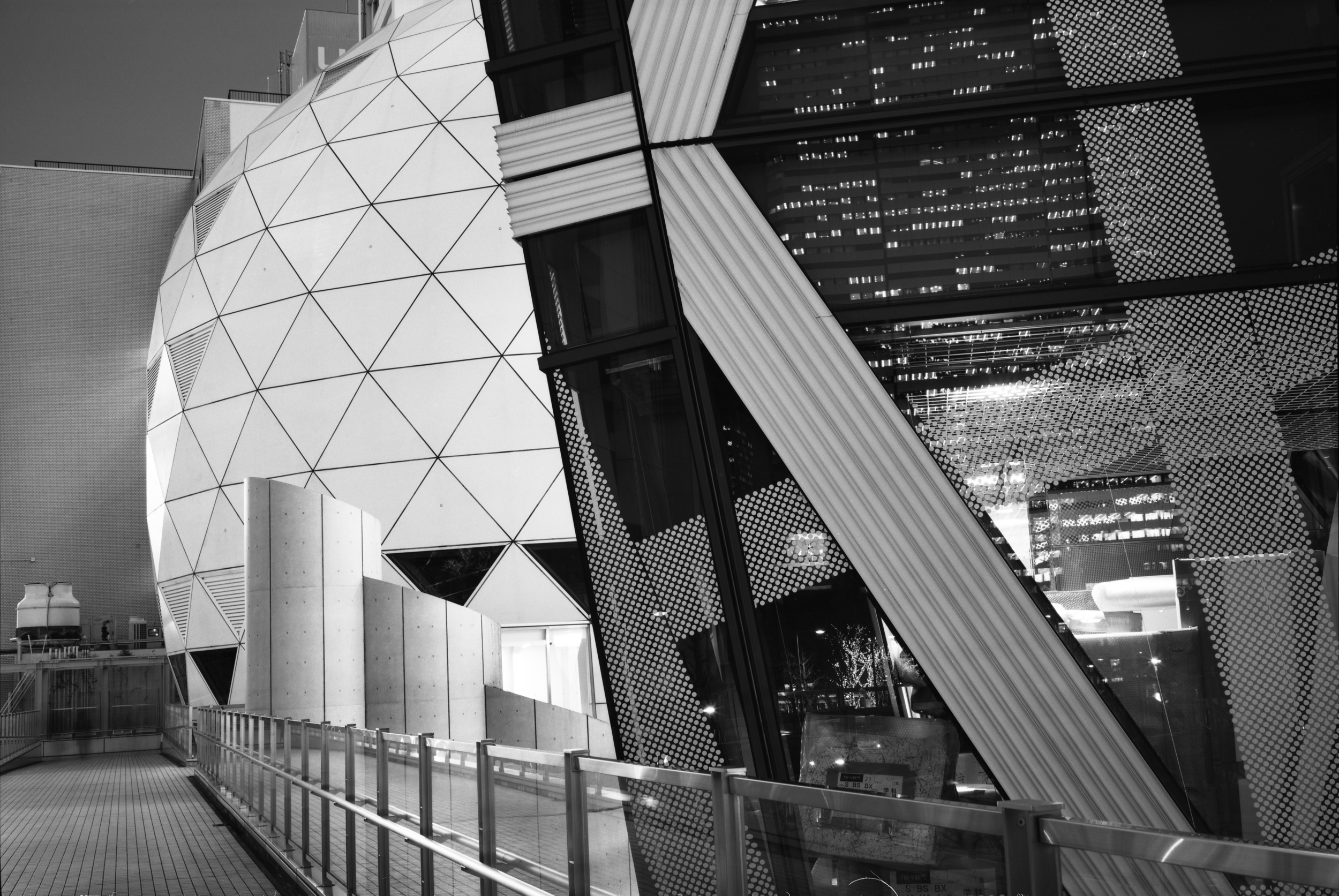
Cocoon Building, Tokyo, Japan
Fuji GW690, Fuji Acros 100

Cocoon Building, Tokyo, Japan
Fuji GW690, Fuji Acros 100
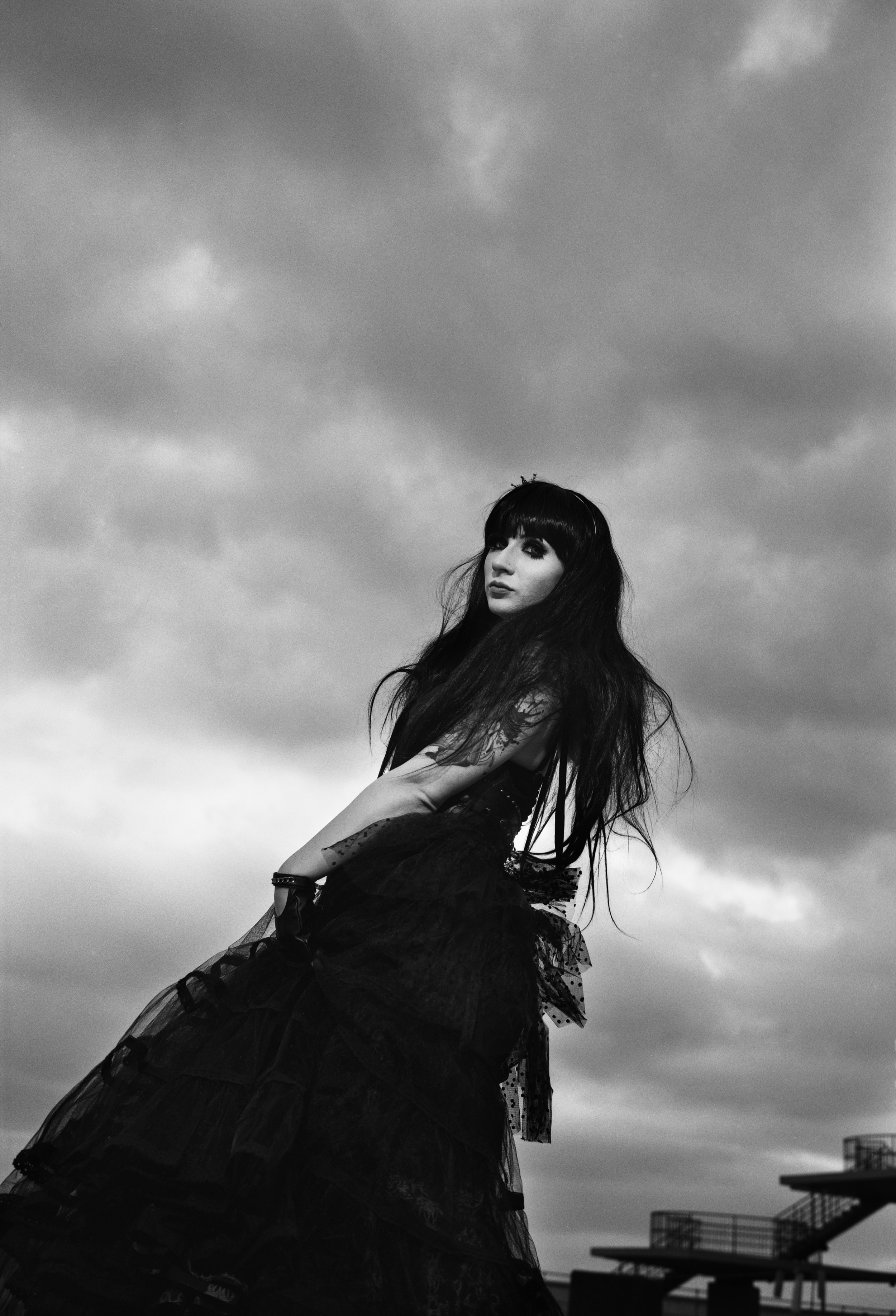
Escherian Dreams
Fuji GW690, Ilford Delta 400

Escherian Dreams
Fuji GW690, Ilford Delta 400

Tokyo Tower
Fuji GW690III, Fuji Acros 100
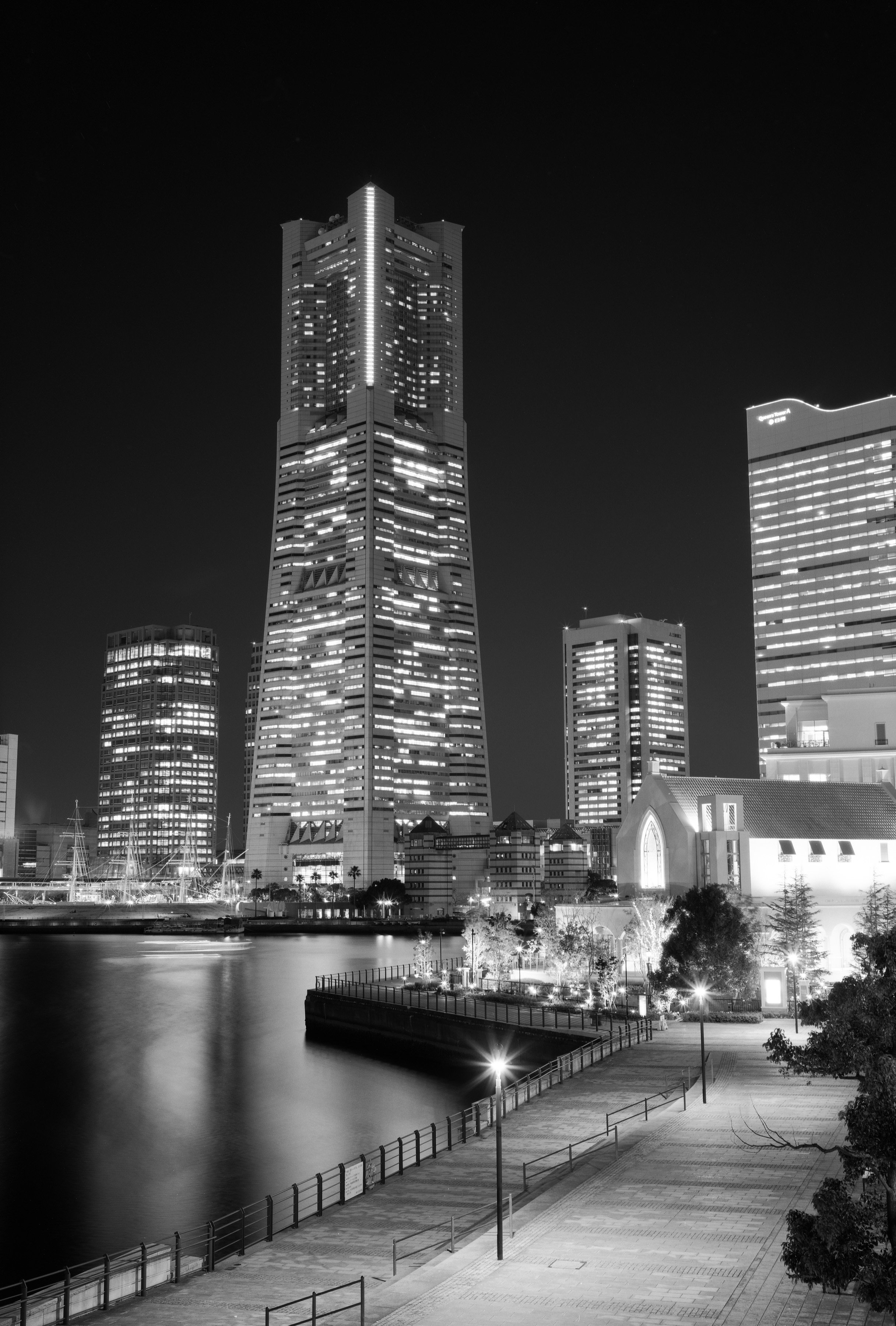
Landmark Tower, Yokohama Japan
Fuji GW690, Fuji Acros 100

Rush Hour, Horinouchi Station Japan
Fuji GW690, Kodak Portra 400
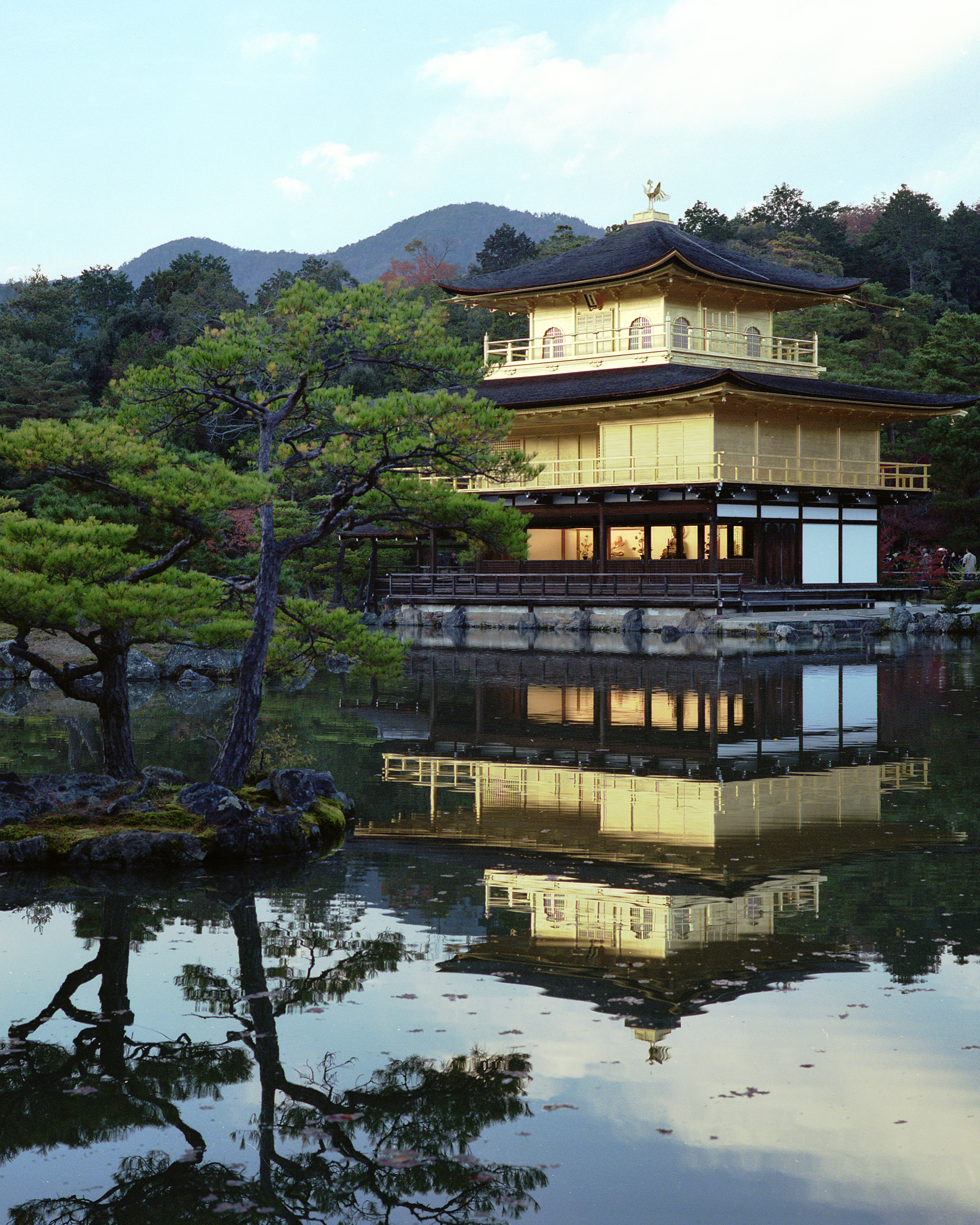
Kinkakuji - Kyoto, Japan
Fuji GW690, Kodak Portra 400

Fuji GW690, Kodak Portra 400

Fuji GW690, Kodak Portra 400
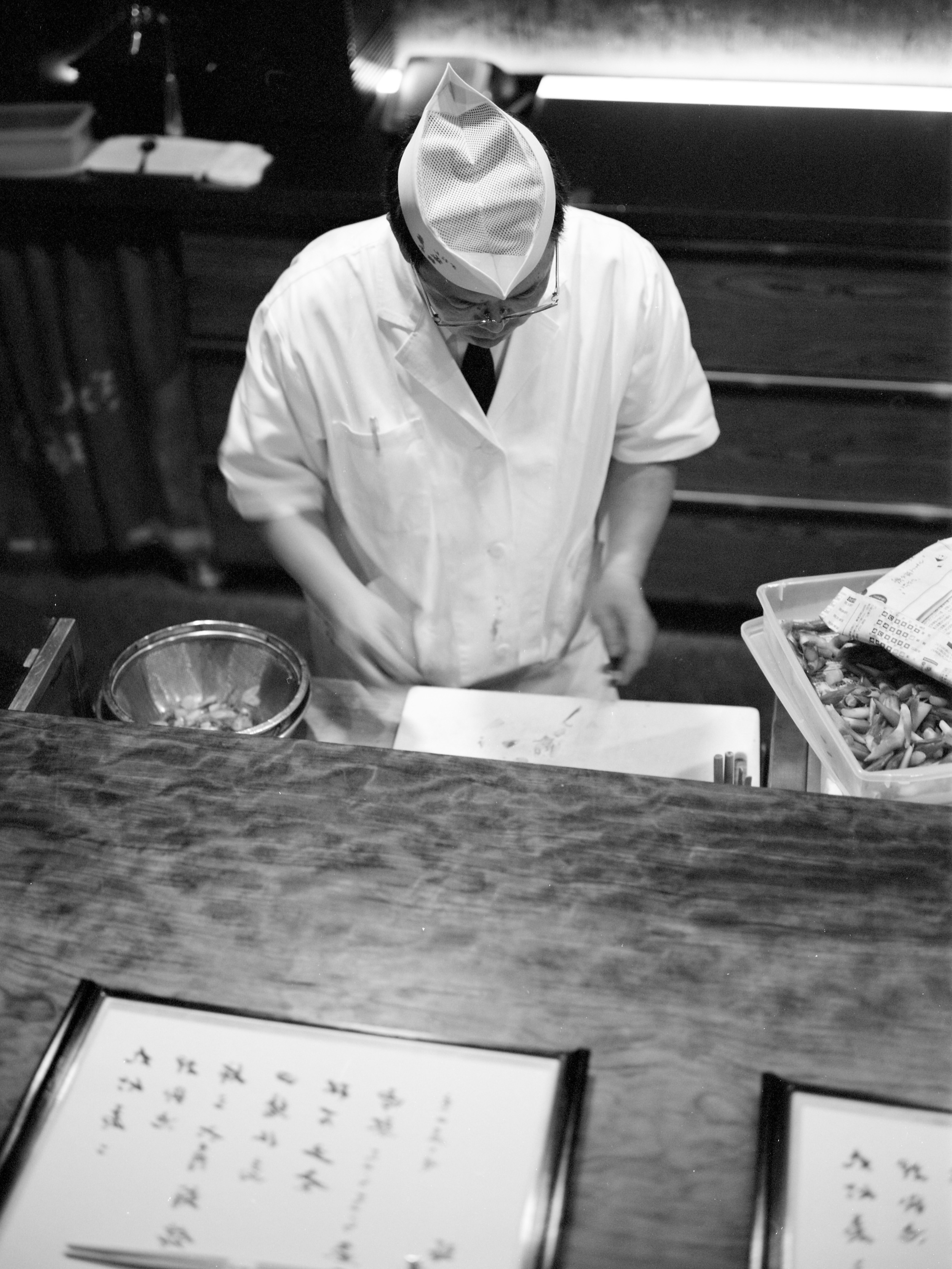
Fuji GW690, Kodak Portra 400 (Yes, Portra)
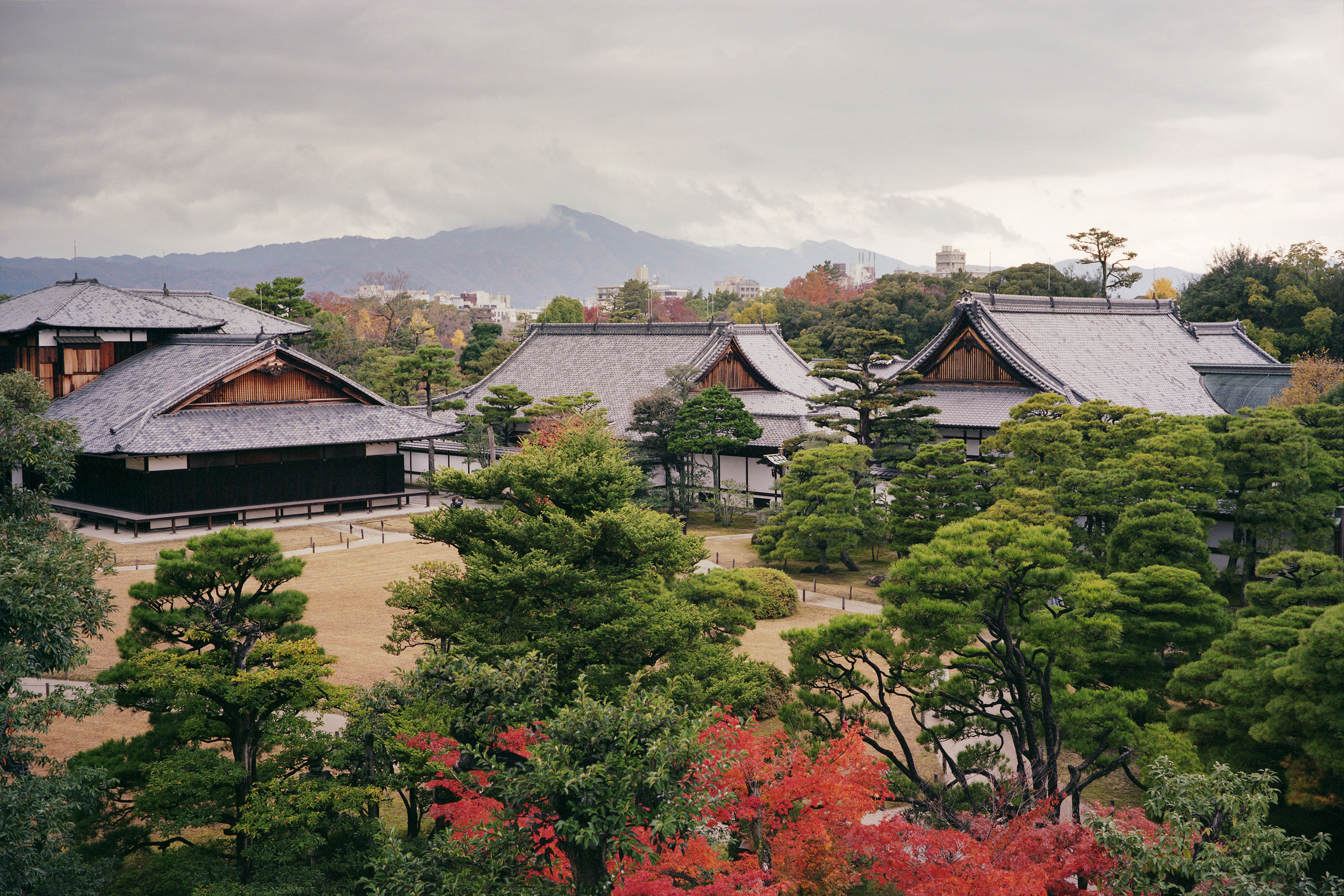
Fuji GW690, Kodak Portra 400
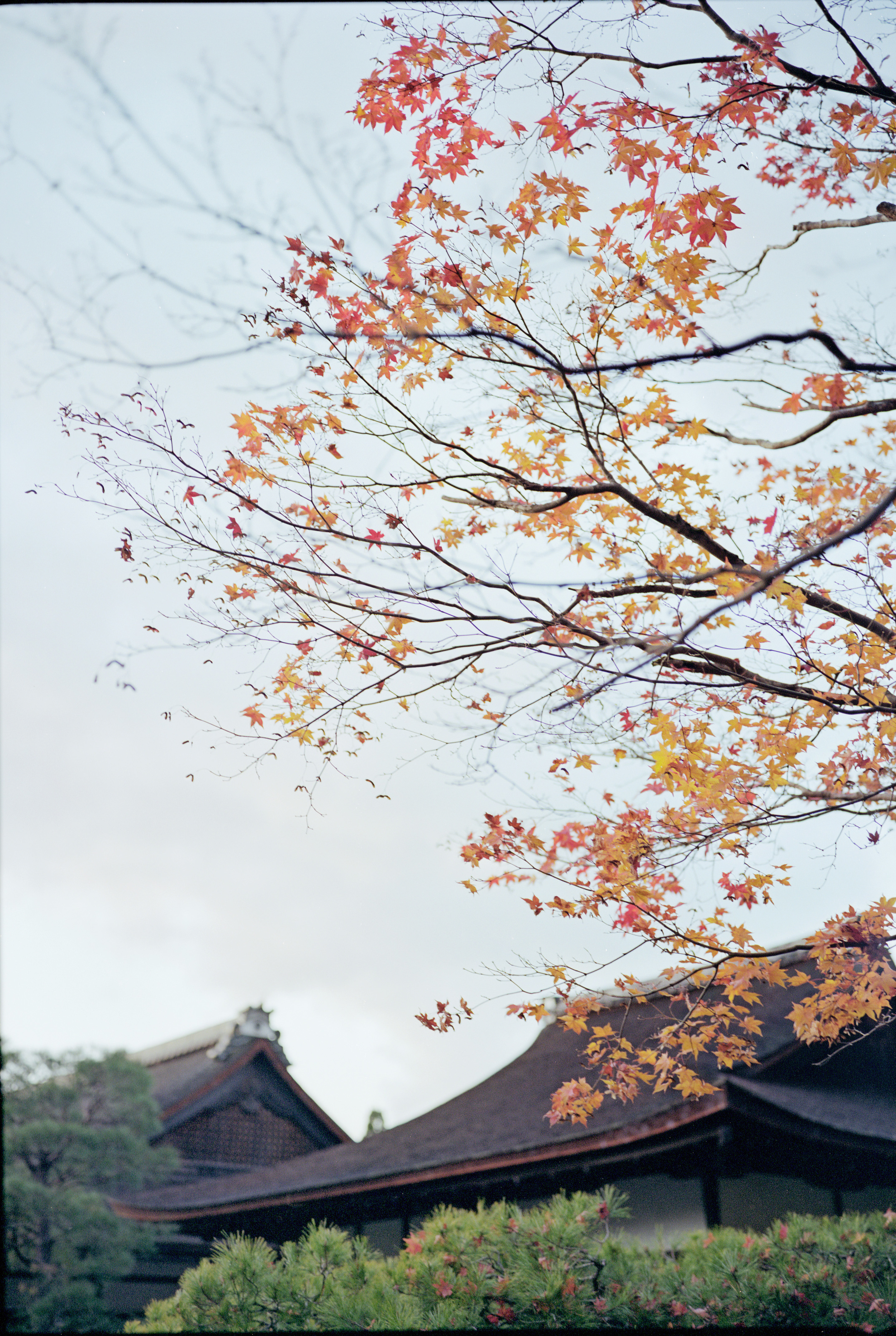
Fuji GW690, Kodak Portra 400
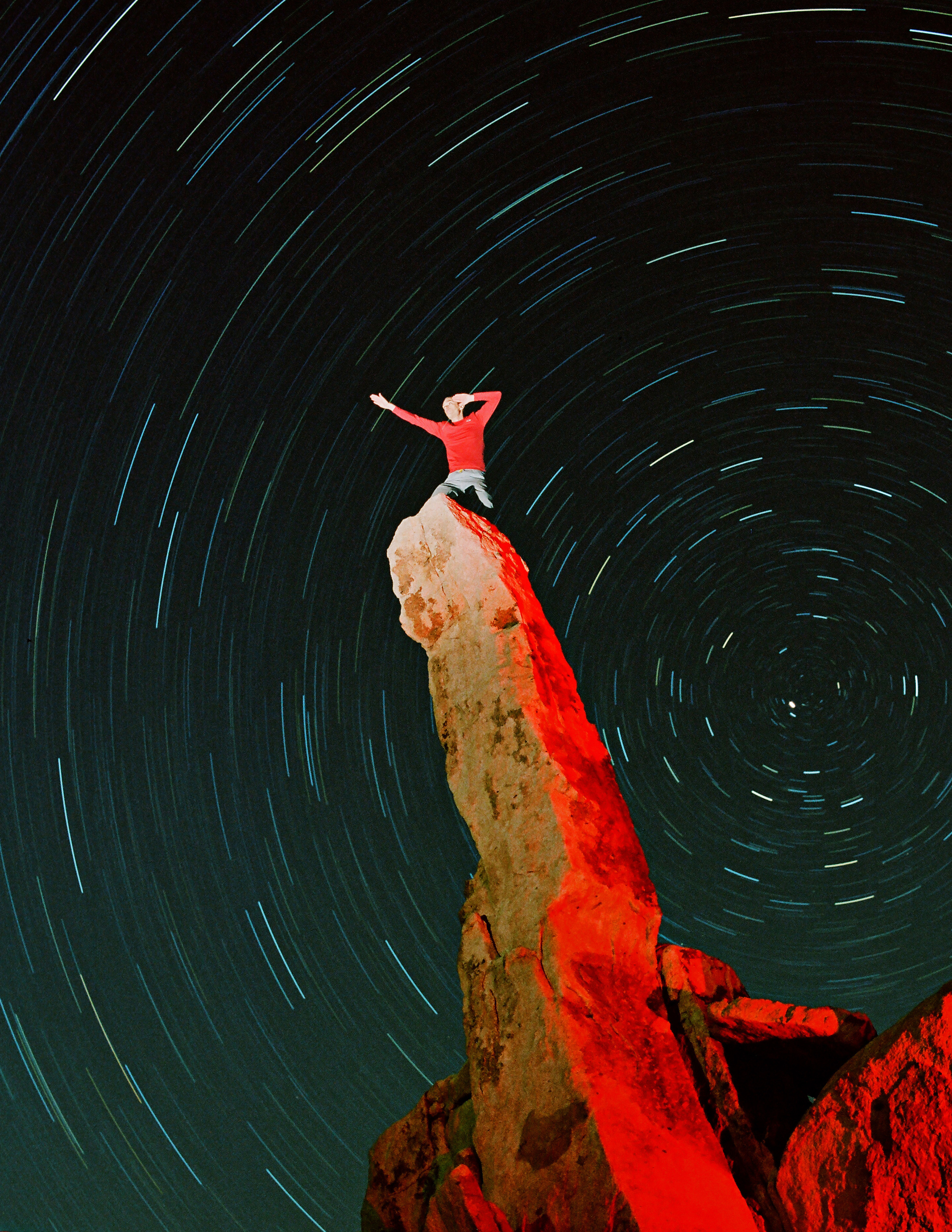
Aiguille du Joshua Tree
Hasselblad 503CW, Kodak Portra 400

San Diego Skyline #1
Toyo View 4X5, 210mm 5.6, Kodak E100G Slide Film

San Diego Skyline #2
Toyo View 4X5, 210mm 5.6, Kodak E100G Slide Film

Nikon F100, 50mm 1.8, Cropped, Kodak T-Max 400
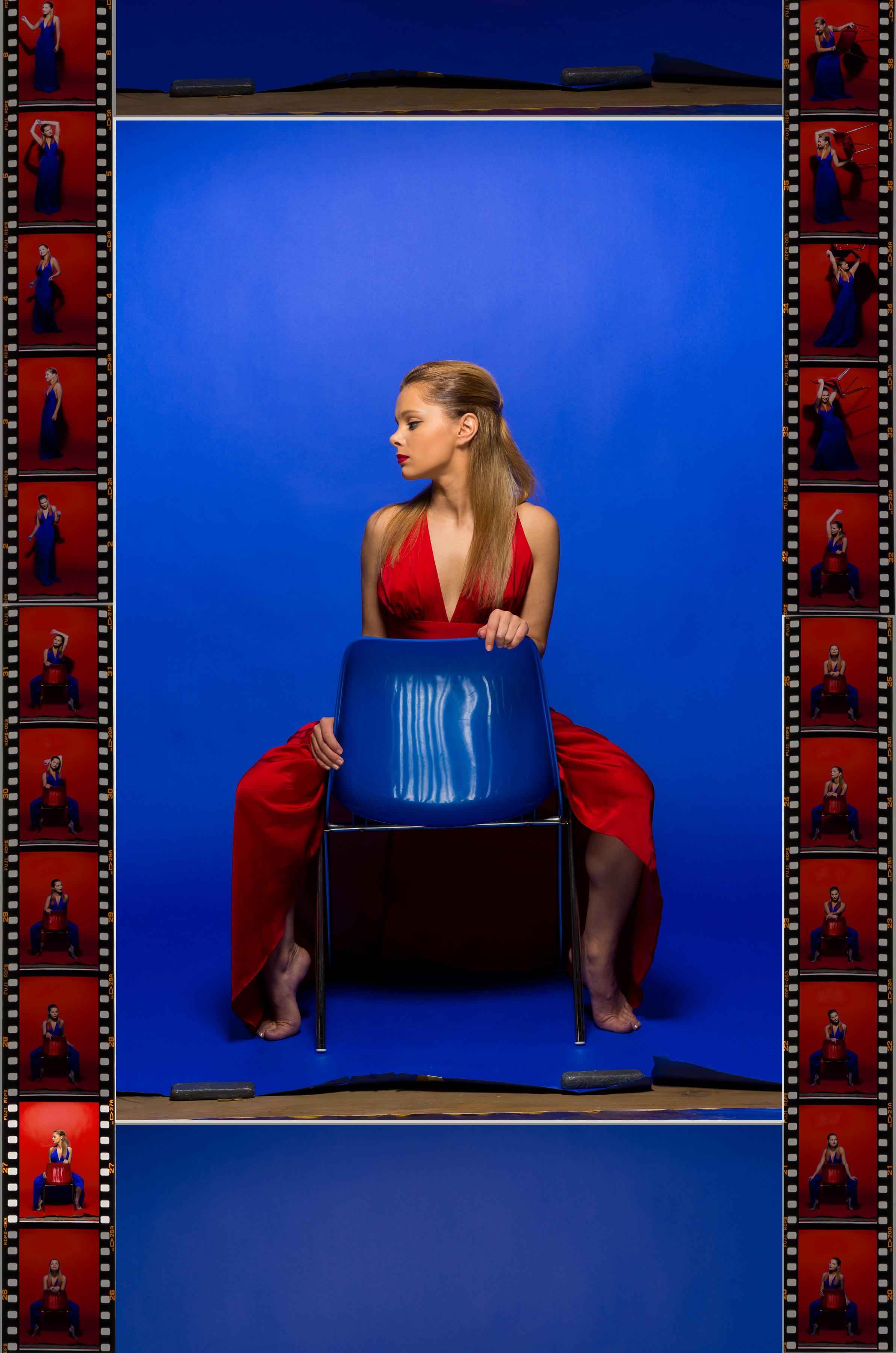
Nikon F100, 70-200mm 2.8, Fuji Provia 100F (Edges)
Nikon D7100, 17-55mm 2.8 (Center)
I had hoped to make this project 100% film and we tore through an entire roll for this image. However, the combination of this pose and the more subtle tonalities that the raw digital file offered won out. This image was also heavily post-processed to invert the colors on the dress, lipstick, and chair.

Nikon F100, 70-200mm 2.8, Fuji Provia 100F

Nikon F100, 70-200mm 2.8, Fuji Provia 100F

Mamiya 645 AF, Maybe 45mm 2.8, T-Max (400 speed I think)

Mamiya 645 AF, Maybe 45mm 2.8, T-Max (400 speed I think)
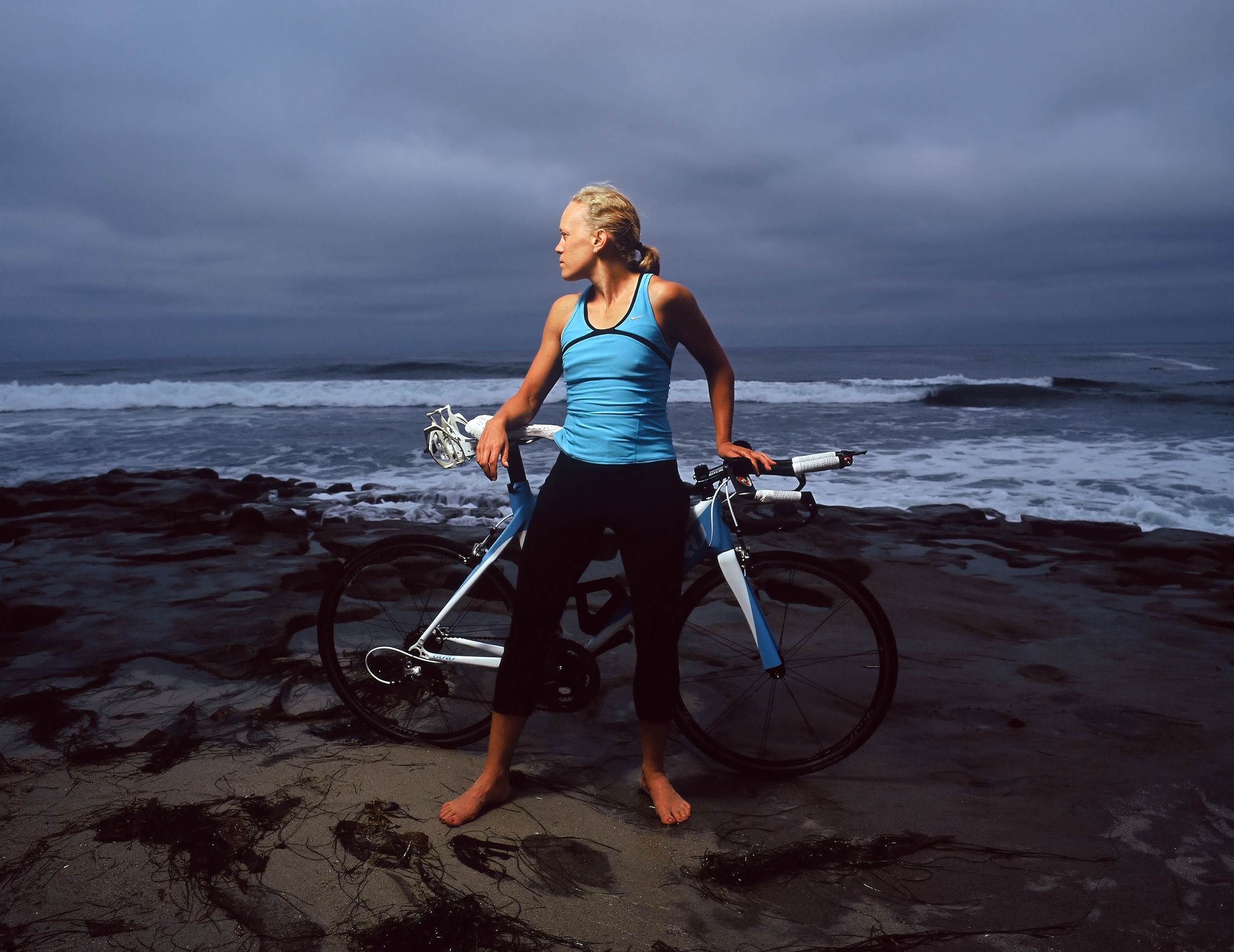
Mamiya 645 AF, Maybe 45mm 2.8, Fuji Provia 100F
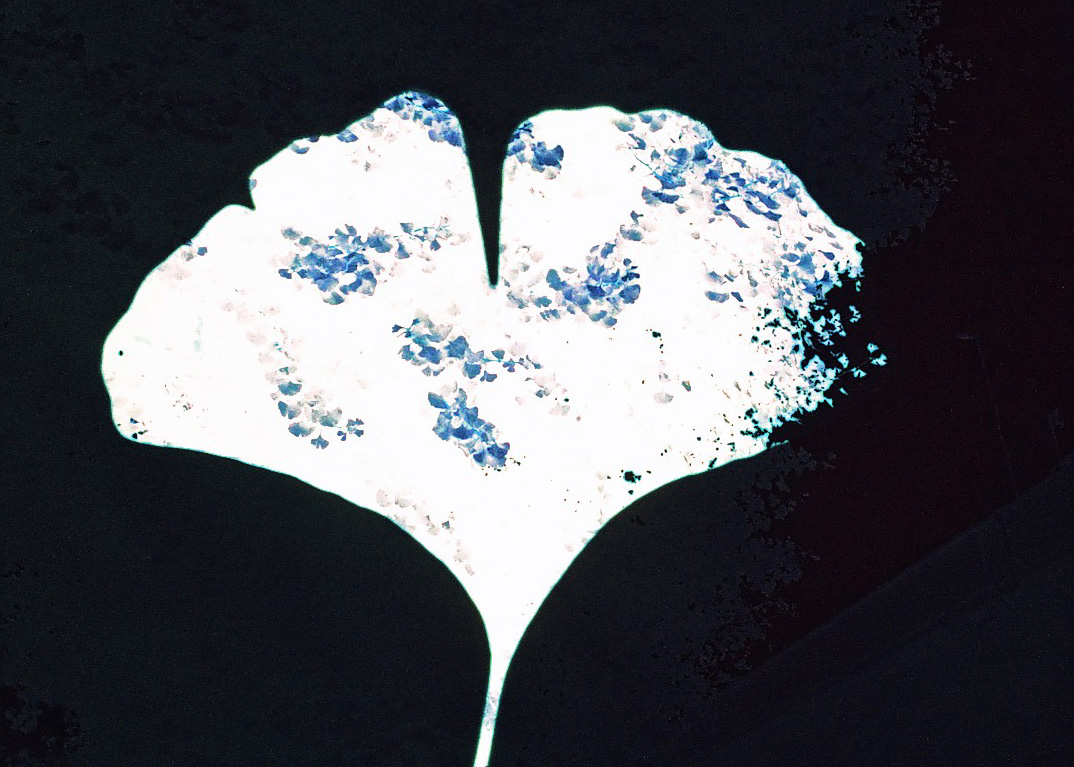
Nikon F100, 35mm 1.4, Fuji Velvia 100 X-Processed (as the negative looks)
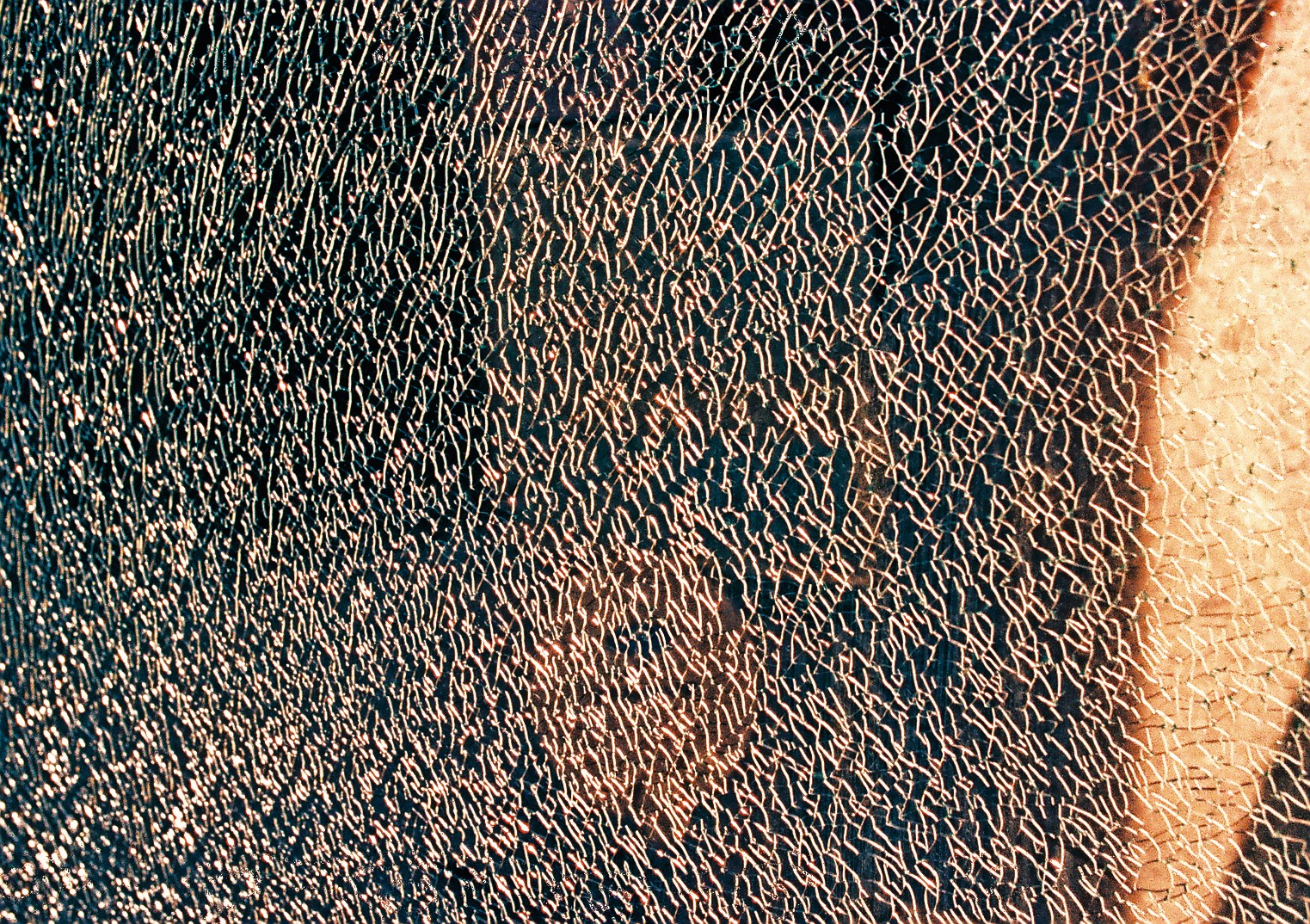
Nikon F100, 35mm 1.4, Fuji Velvia 100 X-Processed (negative inverted to positive)
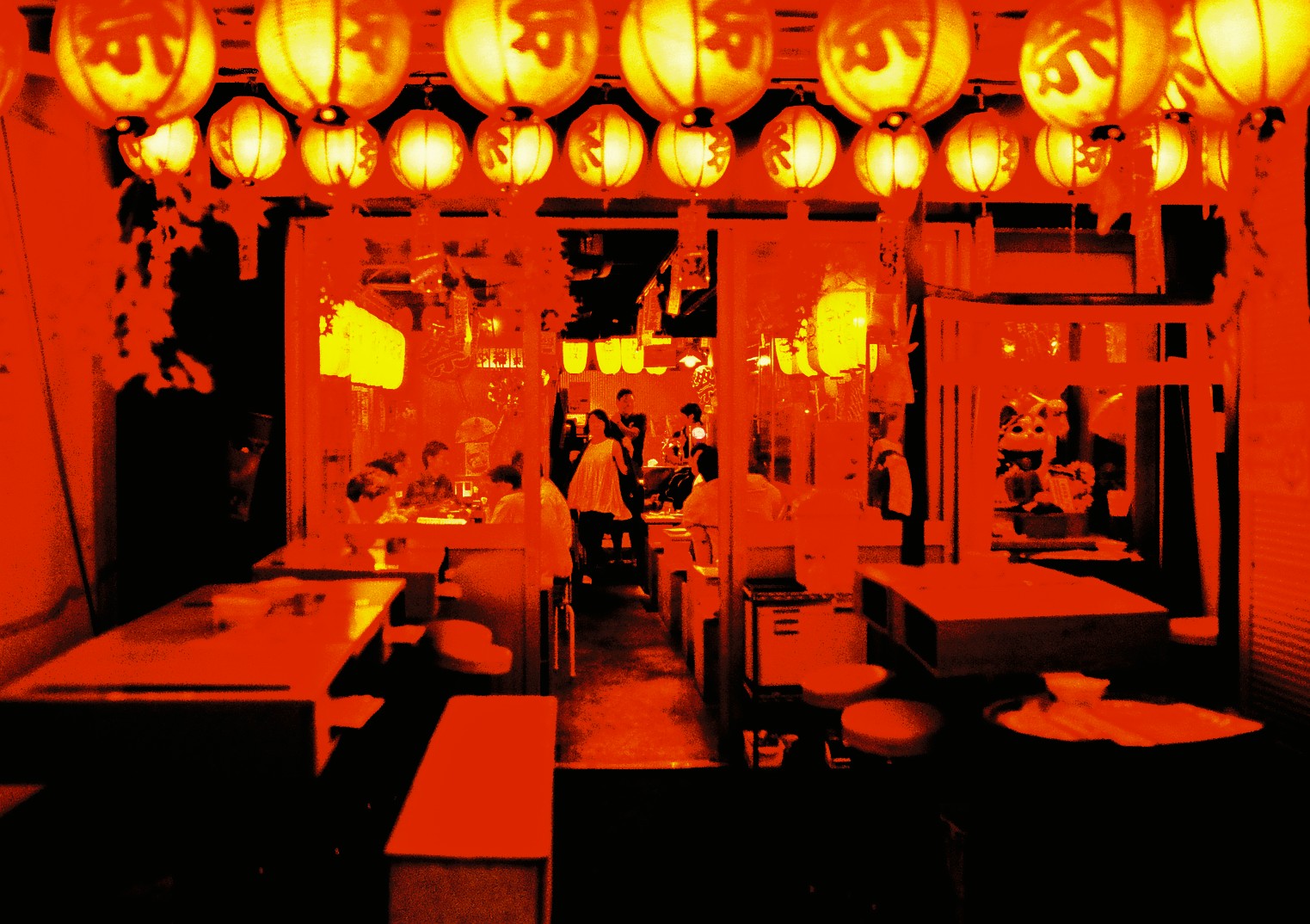
Nikon F100, 35mm 1.4, Fuji Velvia 100 X-Processed (negative inverted to positive)
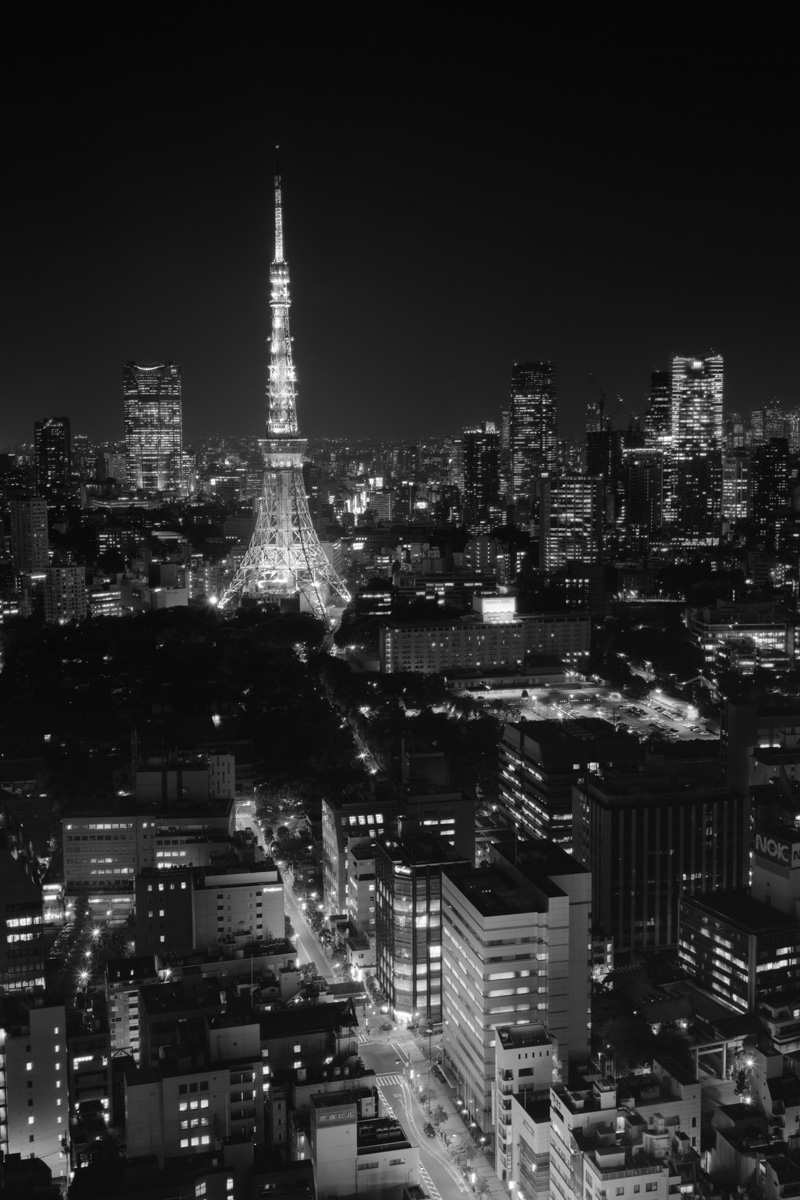
Read more from Mark Schlocker Below
There is something magic about the contrast and the brilliance of slide film. Besides looking awesome on a light table, with slide film your process is more complete with the click of the shutter. Negatives seem to be much more open to interpretation in terms of color and contrast which leads to more work at the scanning table and more time behind the computer. Avoiding the computer is one reason so many photographers are shooting film and you are about to see one more reason to spend less time behind your screen. DR5 Lab's DR5 Black and White Transparency Processing! What is it? It is black and white slides; positive black and white images developed from standard, negative, black and white films!
Studio lighting has been popular since the dawn of photography. North facing windows, flash powder, incandescent lamps, and most recently, electronic flash photography. People have been very successful with these techniques over the years and you can be too.



While some fear slide film for its high contrast, I have long feared color negative film for the mysterious ways it hides its true color. . . . . The solution that I found was inspired by a common practice in digital photography: the white balance card.